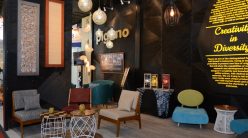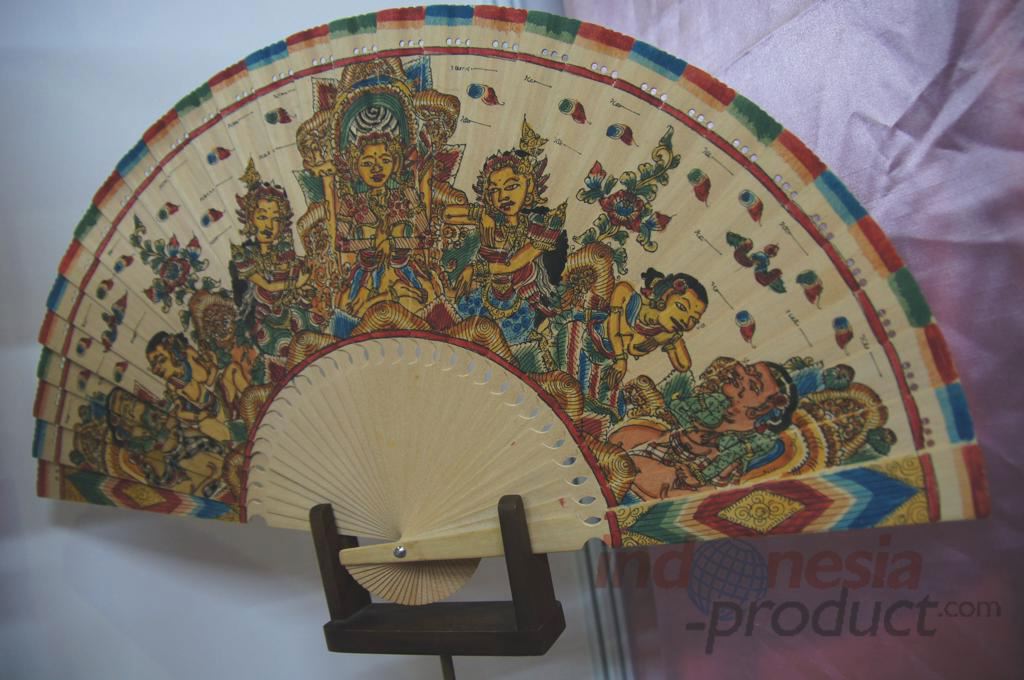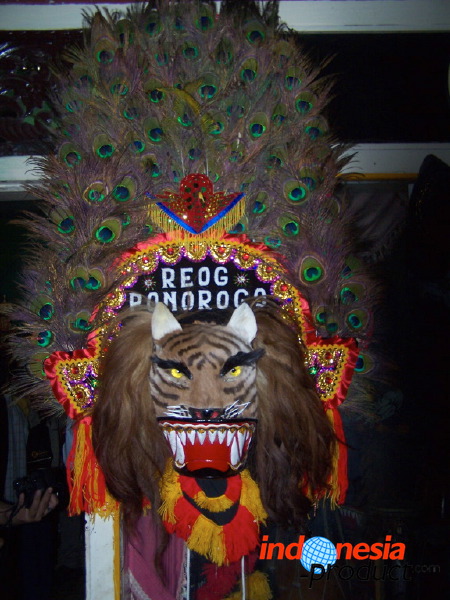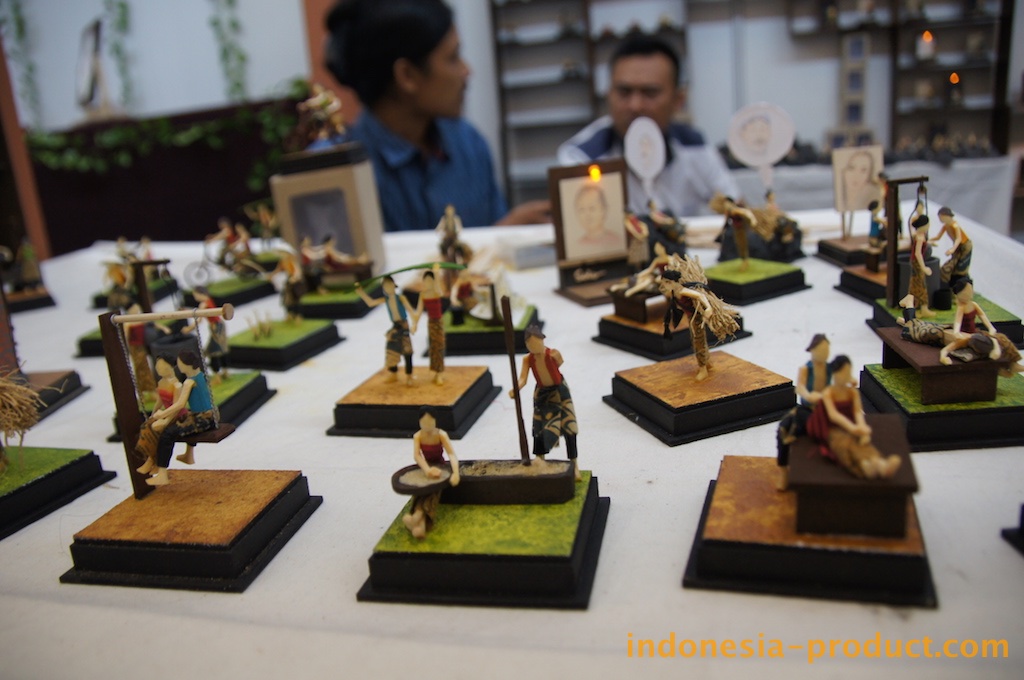Pioneer makes his final breakthrough
Norval Morrisseau breaks race barrier at National Gallery
Ottawa Citizen
Paul Gessell, The Ottawa Citizen
Published: Sunday, January 29, 2014
An ailing, old man in a wheelchair will make history Wednesday when he arrives at the Great Hall of the National Gallery of Canada and officially ends a long history of apartheid at the country’s leading art institution.
Anishnaabe artist Norval Morrisseau, also known as Copper Thunderbird and sometimes called “Picasso of the North,” is scheduled to travel this week from a nursing home in Nanaimo on Vancouver Island to attend a landmark exhibition of his paintings and drawings at the National Gallery.
Norval Morrisseau: Shaman Artist is the first solo show by a First Nations artist ever at the 126-year-old National Gallery. A media preview, attended by Morriseau, is scheduled for Wednesday.
The exhibition of 59 works covering the period 1958-2002 will not be open to the public until Friday.
Expect some surprises. A radically different, more aboriginal approach has been taken in preparing the Morrisseau show.
The exhibition could very well be the final nail in the coffin of institutionalized discrimination against First Nations art, or what used to be called Indian art, at the National Gallery. (The story of Inuit art is different. It has long been shown in the National Gallery, but in separate basement quarters — a subterranean art reserve far from the Group of Seven or European masters.)
Throughout Canada’s history, most aboriginal art was generally considered not as fine art, but something akin to folk art, decorative art or handicraft and deemed worthy of being shown only in museums with mummies and dinosaurs rather than with Rembrandts and Picassos. The National Gallery did acquire some aboriginal art in its infancy but by the early 1900s the collection was turned over to what is now called the Canadian Museum of Civilization.
Attitudes at the National Gallery began changing in the 1980s when it started acquiring contemporary, but not historical, aboriginal works. First up were works by Carl Beam. Robert Houle, Alex Janvier and others came later. (Artists of aboriginal origins, including Rita Letendre and Robert Markle, were in the collection before Beam but the style and content of their acquired works were not considered particularily aboriginal.)
Despite being widely recognized as the father of contemporary aboriginal art and despite the pleas of some influential people, Morrisseau did not become part of the collection until 2000. As early as 1972, Selwyn Dewdney, an influential anthropologist and art enthusiast who befriended Morrisseau in northern Ontario early in his career, pressed the National Gallery to buy some of the artist’s work. The gallery refused.
“I made a pitch at the National Gallery for inclusion of your work in the permanent collection but encountered deaf ears,” Dewdney wrote Morrisseau. “It appears that if you’re of Amerindian origin the proper place for your art is a museum!”
The National Gallery, Art Gallery of Ontario and others decided only a few years ago it was time to re-integrate historical aboriginal art in their collections. “It makes a lot of sense,” Pierre Theberge, gallery director, said in a 2002 interview. “It will give a broader perspective to Canadian art, not just the art of the white settlers but the art of the aboriginals.” Theberge said this change in attitude was driven by a larger movement within society to welcome aboriginals into the manstream.





